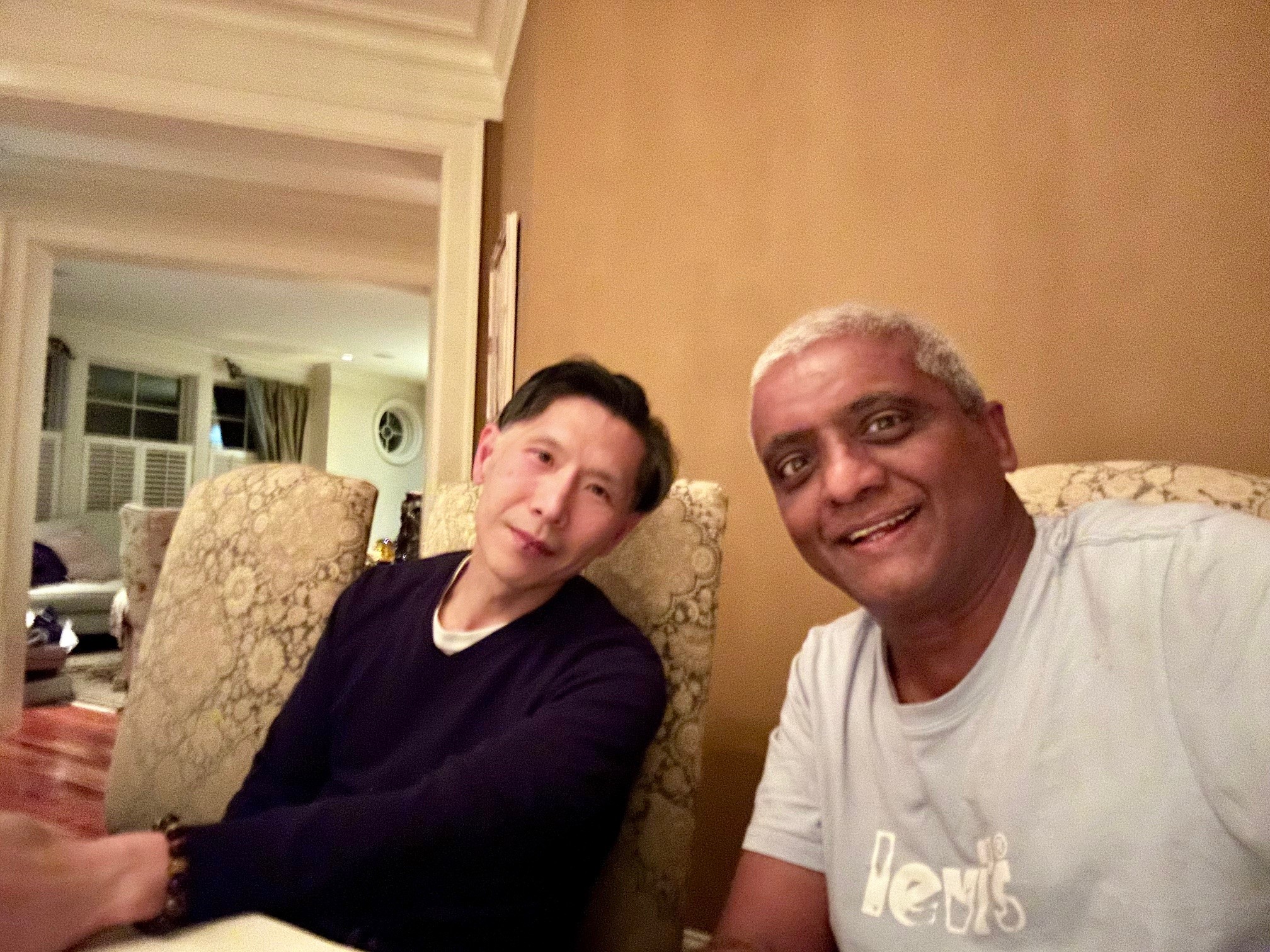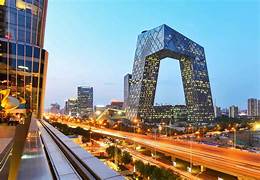I have been a big fan of Washington cherries for a long time. They are seasonal, always showing up at my local upmarket Cold Storage supermarkets in Singapore sometime between August and November every year and then disappearing for the rest of the time. I was oblivious to the price, as these cherries are indeed expensive. But it was Washington cherries or nothing for me.
I finally met the man who actually exported these cherries from Washington state to all of East Asia over dinner at the home of family friends in Seattle. Over several years, Keith Hu was told that he had to meet me and I was told that I had to meet him, and when we finally did we hit it off with so many facts and figures bouncing off each other. Keith has been the director of international operations at the Northwest Cherry Growers, an association of all the major cherry farmers in the area, for more than 20 years. He has been steadily working at exporting Washington cherries to new markets around the world.
I learnt a lot about supply chains in the perishable goods industry from our conversation. China alone consumes more than $100 million worth of cherries a year, but only about 15 percent of Washington cherries even gets exported in the first place. The rest are consumed in the US. This number stuck in my mind as a rule of thumb because many of the global export industries, including Chinese EV cars only ever export about 15 percent of their total production. The point here being that global industries almost always start with a strong domestic demand first before a country is able to become a player on the global stage.
Another point in our conversation was to build new markets for his precious commodity, including to Southeast Asia, which is where I was consuming his cherries nonchalantly, Keith’s goal was to get the cherries from farm to dinner plate within 72 hours. This is how precise global marketplace for perishables have become. So there is no inventory, no warehousing, just refrigeration and straight to plate. The technology that made this possible included stronger aeroplanes that flew further, faster and direct from Seattle to many parts of the world, including Singapore, these days. This of course has a lot to do with the longer range Airbus A350 or the Boeing 777-200LR. Where a flight involved even one stopover, such as to India, selling into these markets becomes that much more untenable. Then there is the domestic road transport system within the countries he sells into, so that the cherries are available only in the cities that are closest to the airports if there are no refrigerated trucks to take them in-country further.
Another dimension of Keith’s life in supply chains is the broad political spectrum of people he has to deal with on the supply side within the US. The farmers are generally red Republicans, some to the extreme conservative right of the political spectrum, while the transport and logistics people in the cities tended to be blue liberal Democrats, on the other end of the spectrum. Some of the farmers could not be bothered to sell their produce to countries they don’t care about, until they have to. Still, the best cherries are selected and exported while the run-of-the-farm are sold in-country, partially because of global competition and partially for logistical reasons.
So I add all these things that I am learning into my own understanding of how the supply chain and logistics industries are evolving and transforming the world as we know it to be in ways we don’t even stop to think about. I have other learnings about the supply chain industry relating to industries such as fashion, which are also “fast-moving-consumer-goods” (FMCGs) where fashion these days change every six weeks or so, and the textile industry has to modify its production base constantly to remain competitive. On top of that suppliers want to be paid instantly for which cryptcurrencies are becoming faster than traditional trade finance documents are able to keep up with.







